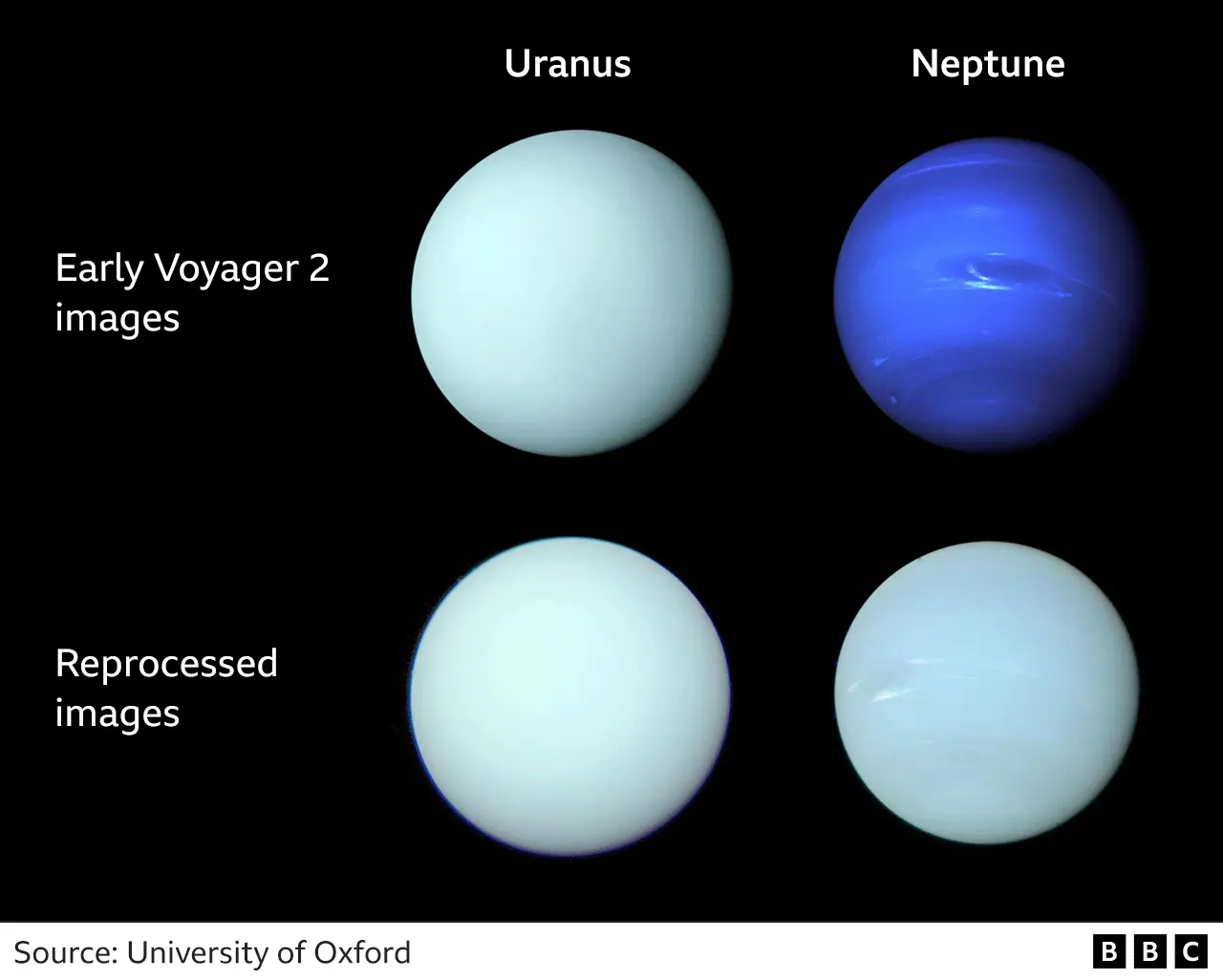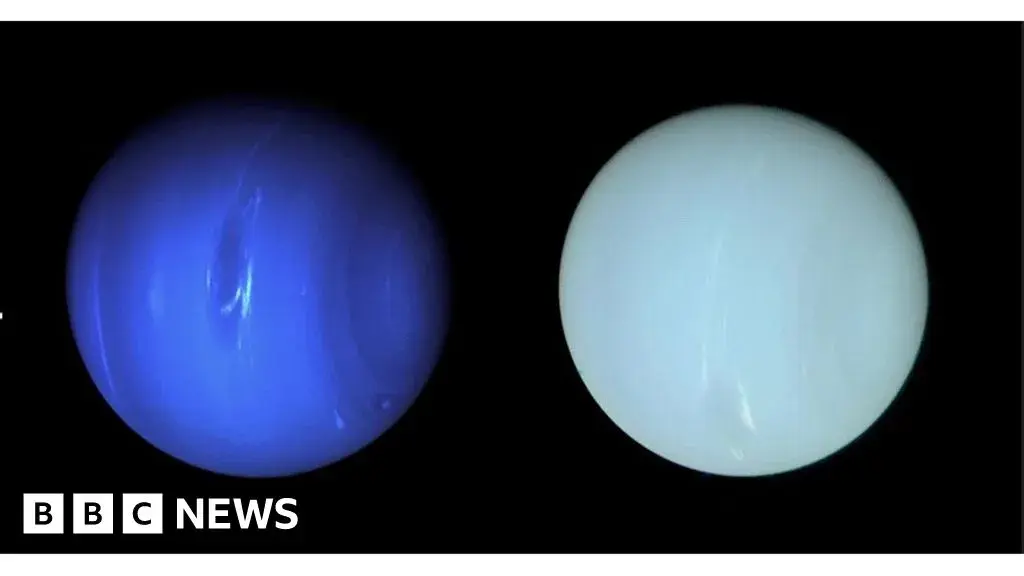
- Previous images of Neptune and Uranus, particularly from Voyager 2, were inaccurately blue and green due to image processing for detail enhancement.
- New research analyzed data from Hubble and VLT telescopes to reveal their “true” colors are both a similar shade of greenish-blue.
- Neptune still has a slightly bluer tinge due to a thinner haze layer.
- Uranus may appear slightly greener in summer/winter but bluer in spring/autumn due to its unique tilt.
- This research corrects a long-held misconception about these distant planets.



Crap, how will we be able to tell Titania vs Triton colonies in future geoguessr now?
"geo"guessr will need to come up with a new name lol
Are you telling me we’ll have to find new words for every world’s "geo"graphy and "geo"logy too? That won’t be convenient.
Honestly I think we should just not bother settling other planets. The headache of updating all our dictionaries won’t be worth it.
Space habitats ftw!
There already are, for example geography on Mars is areography and on the Moon it’s selenography. This post has a list of some of them.
However, English is whatever we say it is, and most people just use “geography” for everything and specify “Martian geography” or “Lunar geography” when the distinction needs to be made.
I propose Stellography